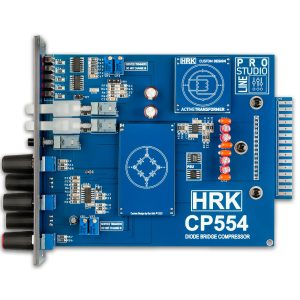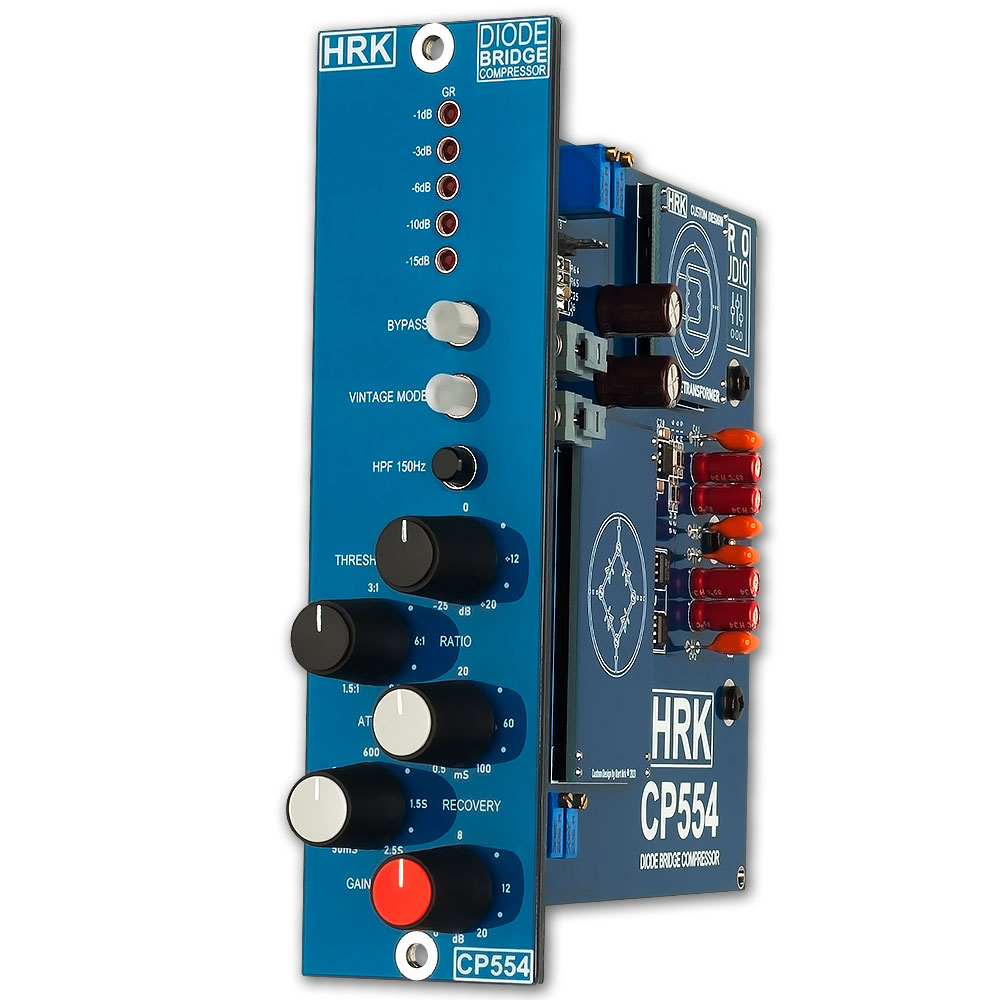What is the Diode Bridge Compressor and How it Works

Diode-Bridge Compressor: A Comprehensive Guide to its Functionality
A diode-bridge compressor is a unique type of dynamic range processor, valued for its distinctive sound and characteristics. It operates by employing a diode bridge circuit to control the gain of an audio signal based on its amplitude. This detailed explanation of the diode-bridge compressor functionality will be divided into sections and headers for easy understanding.
Basic Components of a Diode-Bridge Compressor
- Input Stage: This stage receives the incoming audio signal and prepares it for further processing. This may include input buffering and impedance matching.
- Side-chain: The side-chain is responsible for detecting the level of the input signal and generating a control voltage proportional to the amplitude. This control voltage is then used to modulate the diode bridge’s gain reduction.
- Diode Bridge: The core of the diode-bridge compressor, the diode bridge circuit adjusts the gain of the audio signal based on the control voltage received from the side-chain. As the control voltage increases, the gain decreases, and vice versa.
- Output Stage: The output stage receives the gain-adjusted audio signal from the diode bridge and buffers it before sending it to the output.
Key Parameters of a Diode-Bridge Compressor
- Threshold: The level at which compression begins. When the input signal’s amplitude exceeds the threshold, a gain reduction is applied.
- Ratio: Determines the degree of compression applied to the input signal. A higher ratio results in greater compression, while a lower ratio yields more subtle effects.
- Attack: The time it takes for the compressor to respond and begin reducing gain once the input signal exceeds the threshold.
- Release: The time it takes for the compressor to stop reducing gain and return to its initial state after the input signal drops below the threshold.
- Make-up Gain: Used to compensate for the volume reduction caused by compression, make-up gain restores the output signal’s overall level.
How a Diode-Bridge Compressor Works
- Signal Detection: The input stage receives the audio signal and sends it to the side-chain. The side-chain detects the signal’s amplitude and generates a control voltage based on the threshold and ratio settings.
- Gain Reduction: The diode bridge adjusts the gain of the input signal in response to the control voltage from the side-chain. When the signal’s amplitude exceeds the threshold, the diode bridge reduces gain according to the compressor’s attack and ratio settings.
- Release and Make-up Gain: Once the input signal falls below the threshold, the diode bridge begins to restore the gain according to the release setting. The make-up gain compensates for any volume reduction caused by the compression process, ensuring a consistent output level.
In summary, a diode-bridge compressor works by controlling the gain of an audio signal based on its amplitude, using a diode bridge circuit. This distinct design results in a unique sound and character, making diode-bridge compressors highly sought after for their sonic qualities and ability to shape audio dynamics.
CP554 | DIODE BRIDGE COMPRESSOR

By Bart Hrk
Analog Design Engineer - HRK Founder
© 2024 HRK Shop
User Information. This page uses cookies files to process the orders and deliver a better user experience.






